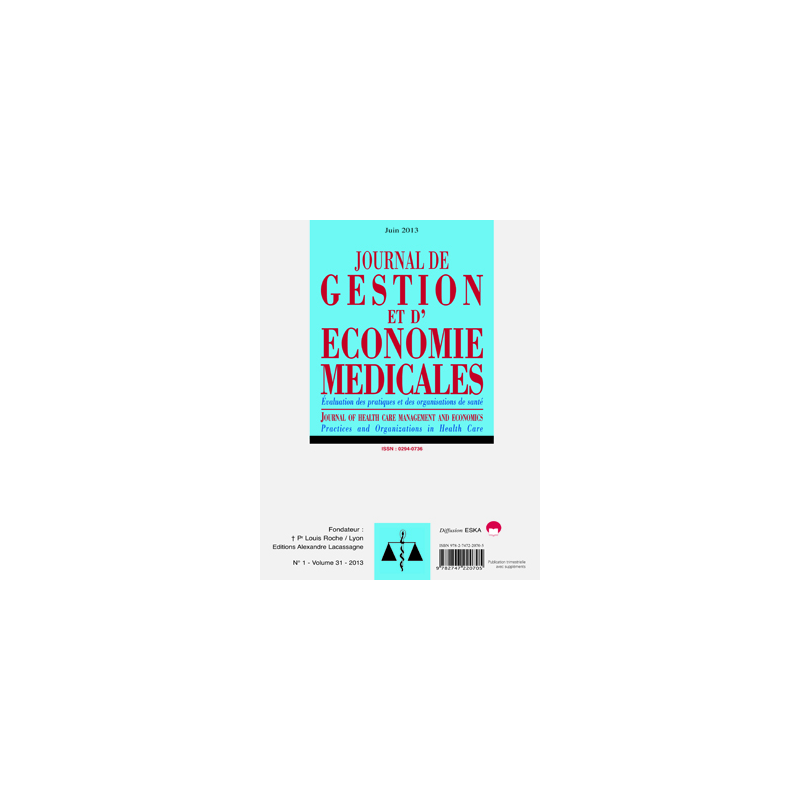



 POUR COMMANDER
POUR COMMANDER
Contactez les Editions ESKA - par téléphone 0142865565 - par mail congres@eska.fr
 CGV
CGV
Consultez nos Conditions Générales de Vente
Abstract
Background: Few recent data about extra cost associated with nosocomial bloodstream infections are available in Belgium and even in Europe. Aim: To determine the financial impact of nosocomial bacteraemia in one Belgian general hospital and to evaluate this impact over time. Methods: Laboratory test results were used to identify cases of nosocomial bacteraemia. Costs were evaluated with the hospital perspective. Findings: The incidence rate varies between 0.34% and 0.58% according to the year. Higher rates of bacteraemia were found in episodes related to circulatory, respiratory and musculoskeletal systems problems. The mean excess mortality was between 21 and 30%. The mean extra length of stay was between 21 and 32 days. Extra costs associated with nosocomial bacteraemia were between €17 711 and €24 510 per patient. Mean extra costs associated for medical procedures were between €3 492 and €5 033. For drugs, extra costs are between €3 446 and €6 367€, which is explained by the use of costly antibacterials. Except in 2006, each case induced a mean loss for the hospital, varying between €1 427 and €10 588€ per patient. For all cases, the total loss is €41 039.10 in 2003, €217 091.24 in 2004 and €376 808.50 in 2008. Conclusion: An extrapolation of those results in Europe and in Belgium should stimulate debate around the financial justification for supporting quality improvement efforts aimed at reducing hospital acquired complication rates.
Keywords:
Adverse events, bloodstream infection, bacteraemia, cost, DrG.